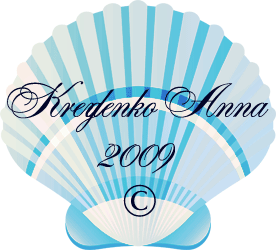Post-Impressionism
Post-Impressionism or post-impressionism - in early Modernism, a French art movement that immediately followed Impressionism and Neo-Impressionism. The artists involved, usually meaning Paul Cezanne (French, 1839-1906), Vincent van Gogh (Dutch, 1853-1890), Paul Gauguin (French, 1848-1903), and Henri de Toulouse-Lautrec (French, 1864-1901) showed a greater concern for expression, structure and form than did the Impressionist artists. Building on the works of the Neo-Impressionists, these artists rejected the emphasis the Impressionists put on naturalism and the depiction of fleeting effects of light. The term was coined by the British art critic and painter, Roger Fry (1866-1934), on the occasion of an exhibit of works by these artists, which he curated in 1910 at the Metropolitan Museum of Art in New York. Other artists who were involved in this movement during a portion of their careers were Henri Matisse (French, 1869-1954), Pablo Picasso (Spanish, 1881-1973) and George Braque (French, 1882-1963).

